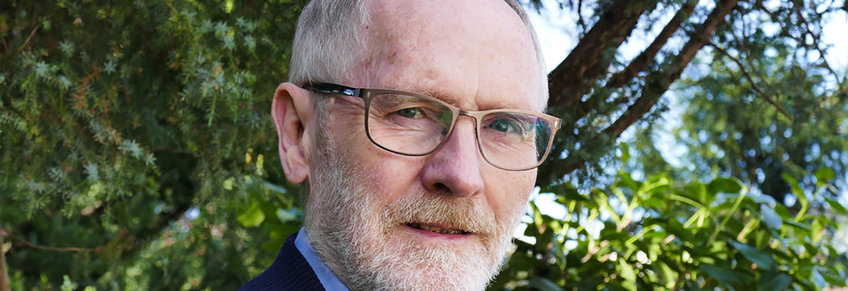
Roger Goody
Emeritusgruppe, Physikalische Biochemie
zurück > Chemical-Tools > Studies Analysis Of Simplified Interaction Systems >
Transient Kinetic And Thermodynamic
One of the main approaches used in the department is concerned with the application of rapid reaction techniques to biological systems. The reason for the emphasis on this approach is to obtain dynamic information which is complementary to the essentially static information obtained from the two most important techniques for obtaining structural information, i.e. crystallography and NMR. The main techniques used are described here briefly.
Stopped Flow
In this method, commercially available apparatus is used to mix two solutions in ca. 1 millisecond using an appropriately designed mixing jet. After mixing, the solution flows into an observation chamber, and the flow stops. At this point, data collection (usually an optical signal such as light absorption or fluorescence) is collected in a time-resolved manner. This is now becoming a standard laboratory method. Less standard is the approach to analysis of data obtained from such experiments, which can be straightforward in simple situations (in this case the software supplied with commercially available machines is adequate) but can become complex if the experimental situation is not such that fitting a number of exponential terms to the curves obtained is an appropriate approach (for example if second or higher order processes occur or if subsequent steps in a reaction scheme are coupled in the sense that they occur on time scales which do not differ by orders of magnitude). Some recent examples of the use of the stopped flow method in the work of the department can be found in the following references: Dursina et al., 2002; Goody et al., 2005; Guo et al., 2005; Itzen et al., 2006.
Quenched Flow
In the quenched flow approach, solutions are mixed as in the stopped flow technique and are then allowed to age for a predetermined length of time (in the millisecond to tens of seconds time range). Reactions are stopped by quenching, e.g. with acid or with a metal chelator for some metal dependent reactions, and the quenched reaction mixture is collected and analyzed by an appropriate method. Normally, the substrate in an enzymatic reaction is radioactively labeled, although in principle other labels (fluorescence or light absorption) can be used. Typical analysis methods involve separation of substrate(s) and product(s) by thin-layer chromatography, gel-electrophoresis, HPLC or filter-binding. The method is much more laborious than stopped flow, but can be used when an optical signal is not available or when unequivocal information on steps involving covalent bond making or breaking is required.
Flash Photolysis
This is a powerful method when the possibility of triggering a reaction by a pulse of light exists. It was previously limited to systems containing an inbuilt trigger (e.g. light-dependent systems involved in energy and signal transduction) but can now be applied to other situations in which a substrate or ligand for a particular process can be converted to an inert form which can be converted by light into the natural, active form. For systems such as bacteriohodopsin and sensory rhodopsins, for which light is the natural "susbtrate" and in which complex spectral changes occur throughout the reaction cycle, the use of short laser pulses allows kinetic information to be obtained at very high time resolution. The use of inert precursors is practically more complex and in many cases does not lead to such high time resolution, but does allow processes to be examined in a time dependent manner in situations in which mixing methods cannot be used (e.g. in organized systems such as crystals or in very small volumes).
Pressure Jump
For reactions which are too fast to be initiated and monitored by the stopped flow technique, perturbation methods are applicable, at least in principle. The best known of these is the temperature-jump method, which has been available for several decades. The apparatus for this method is costly and technically demanding to use. A method which has also been available for many years is the pressure jump technique. It has become more readily useable with recent improvements in technology. The latest apparatus built in our department uses a piezoelectric crystal to generate a pressure increase of up to 400 atmospheres in ca. 50 µsec in a 50 µl sample. Changes in the equilibrium of the system under investigation can be followed by absorption or fluorescence. Since the signal changes are often small, many repetitions are needed to obtain a good signal to noise ratio. In its present form, the machine can operate at up to 100 Hz (assuming the changes to be detected are fast enough) and has the additional advantage over older apparatus that perturbations in both directions (increasing and decreasing pressure) can be examined. Recent example: Philips et al., 2005.